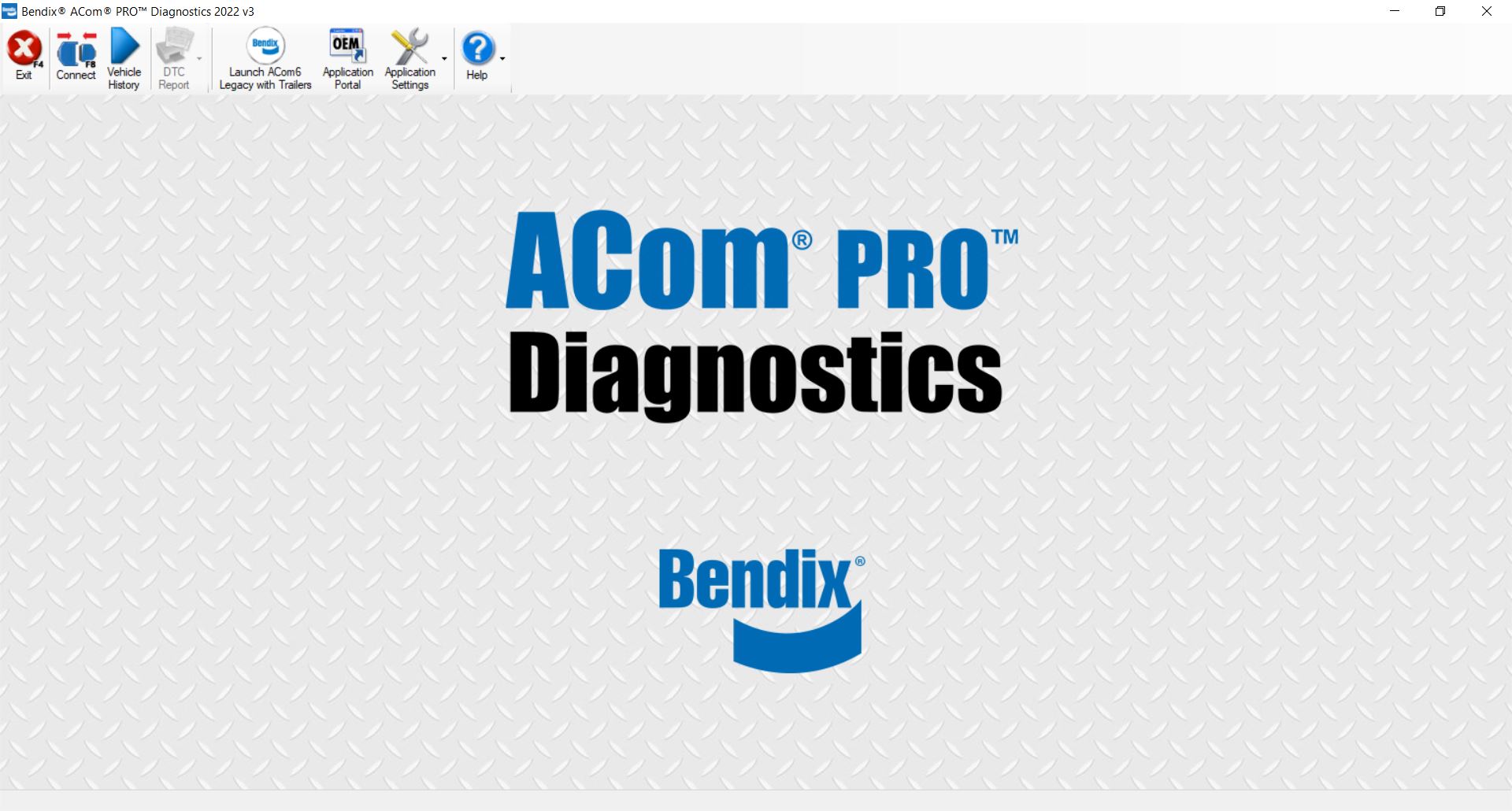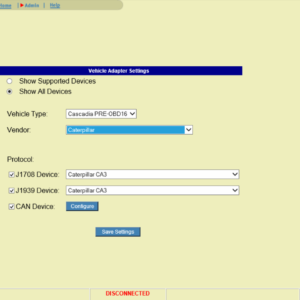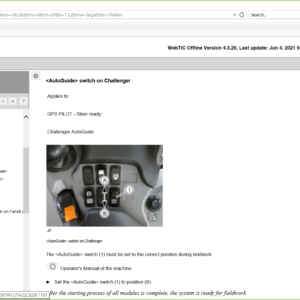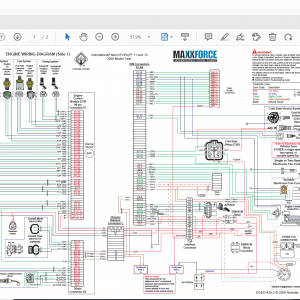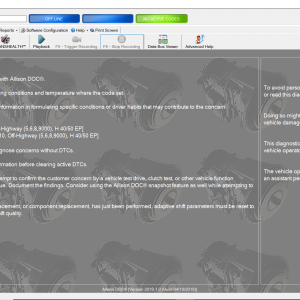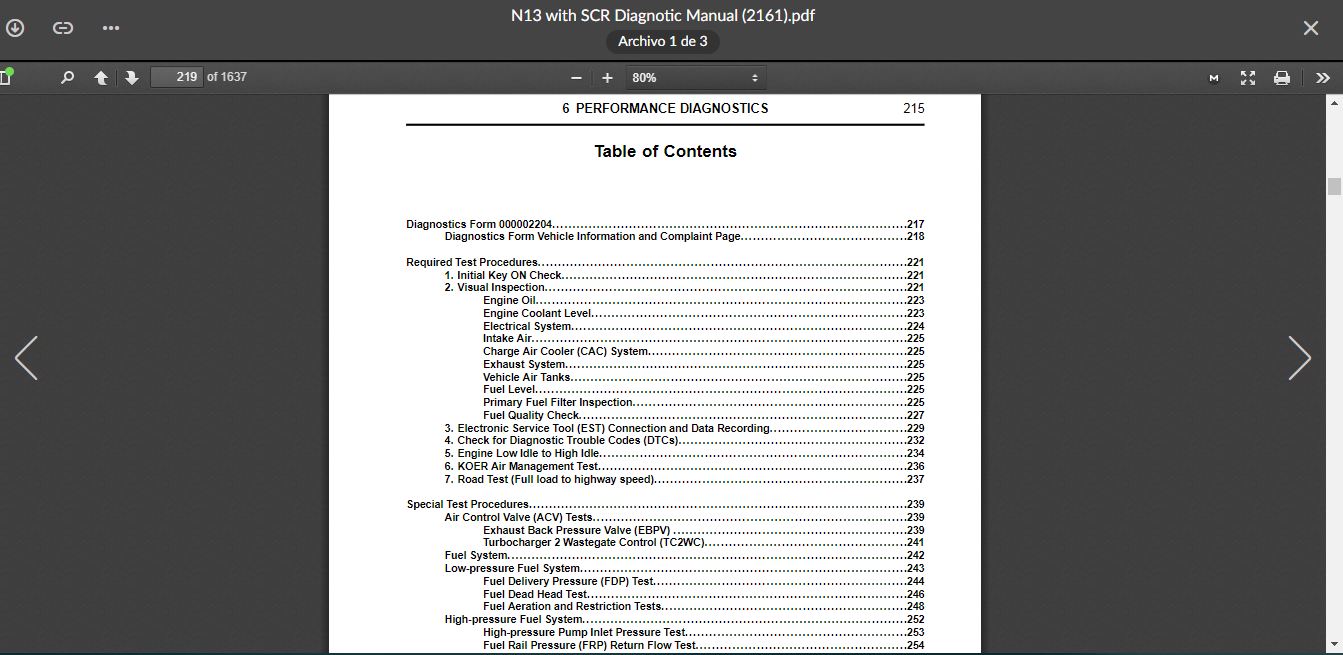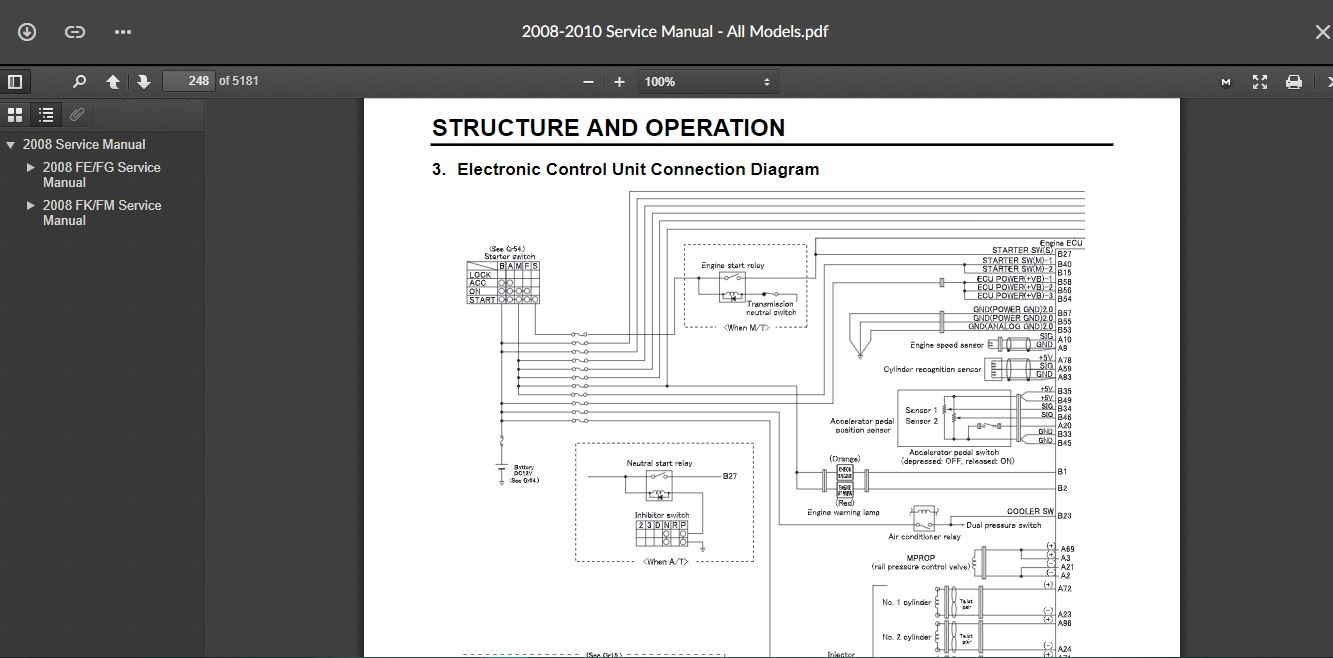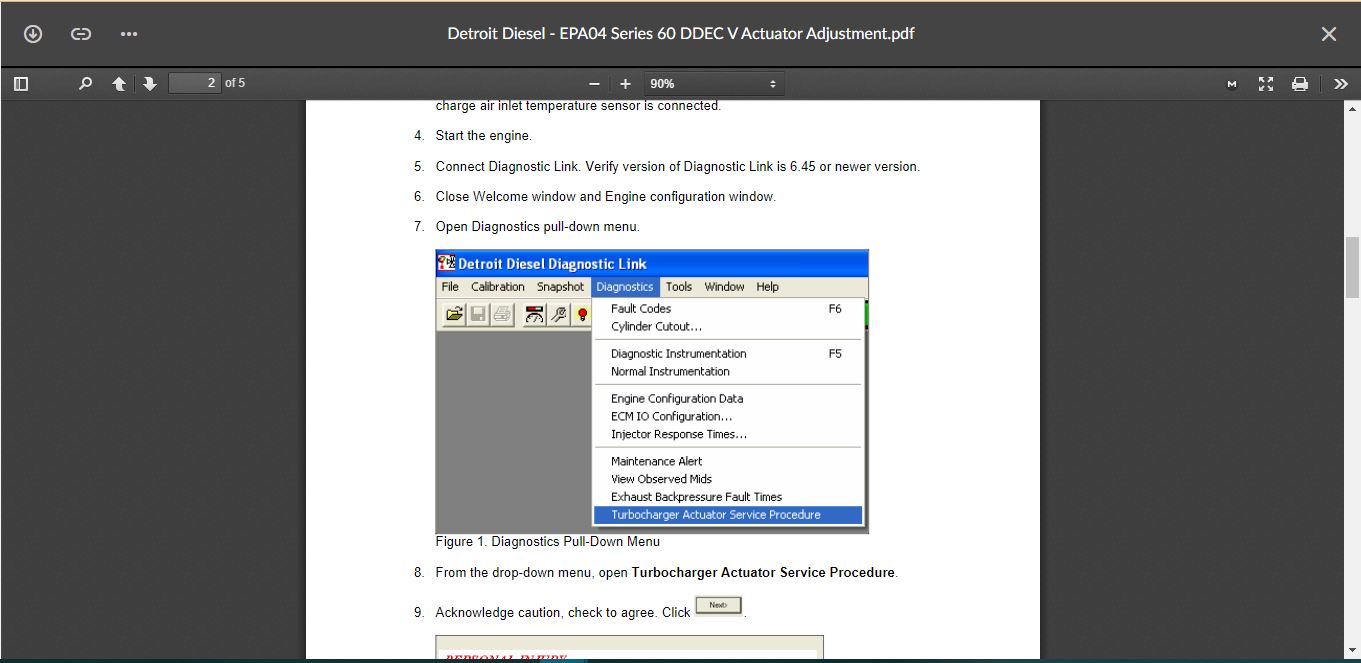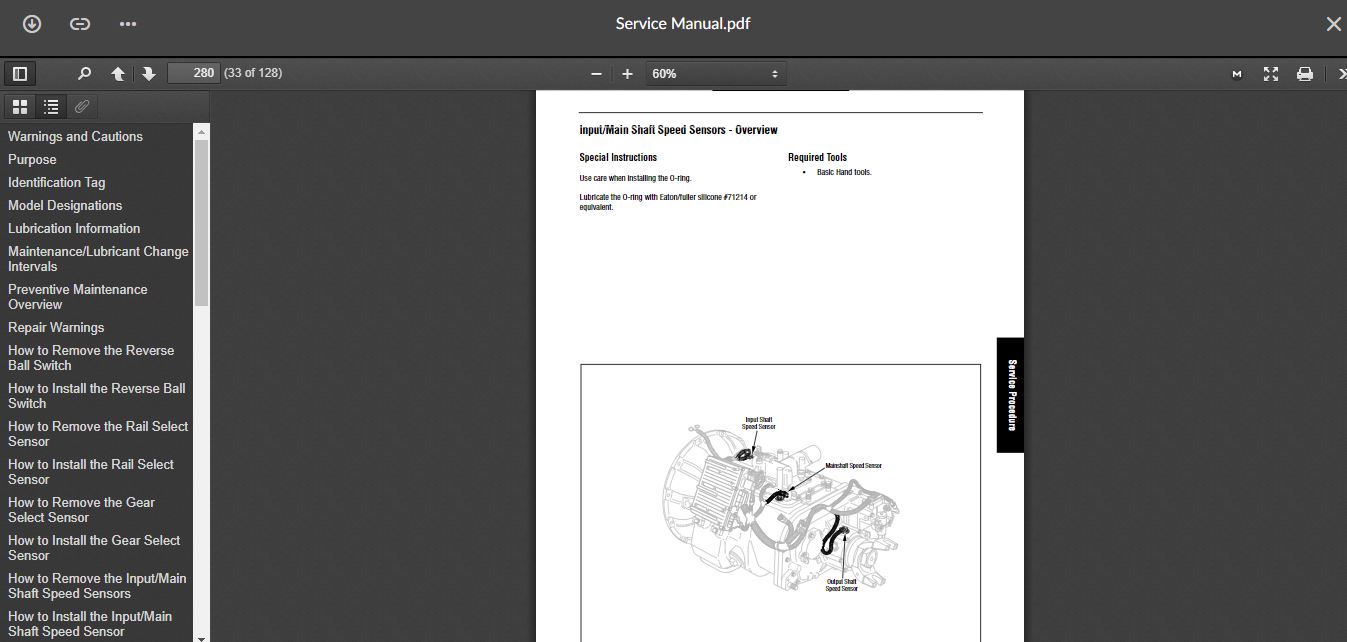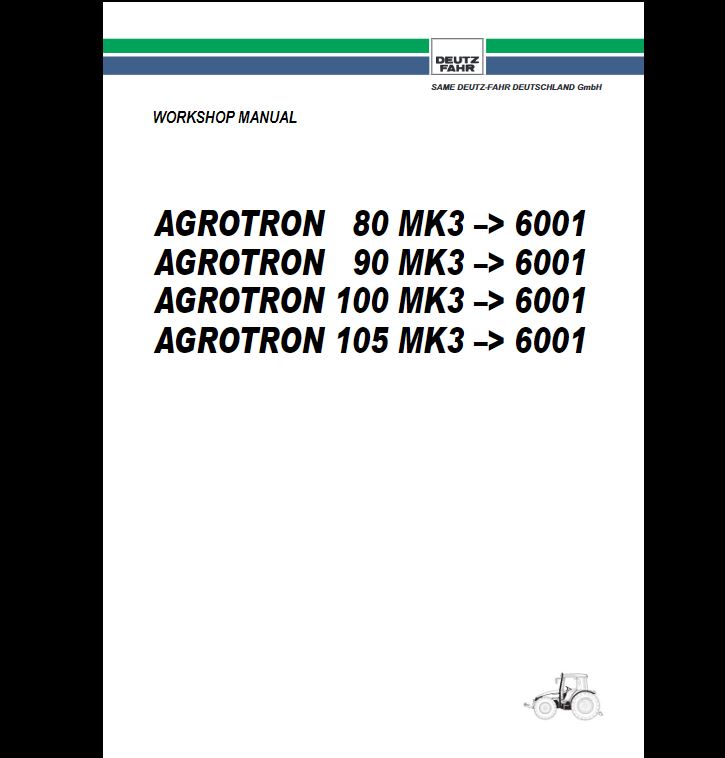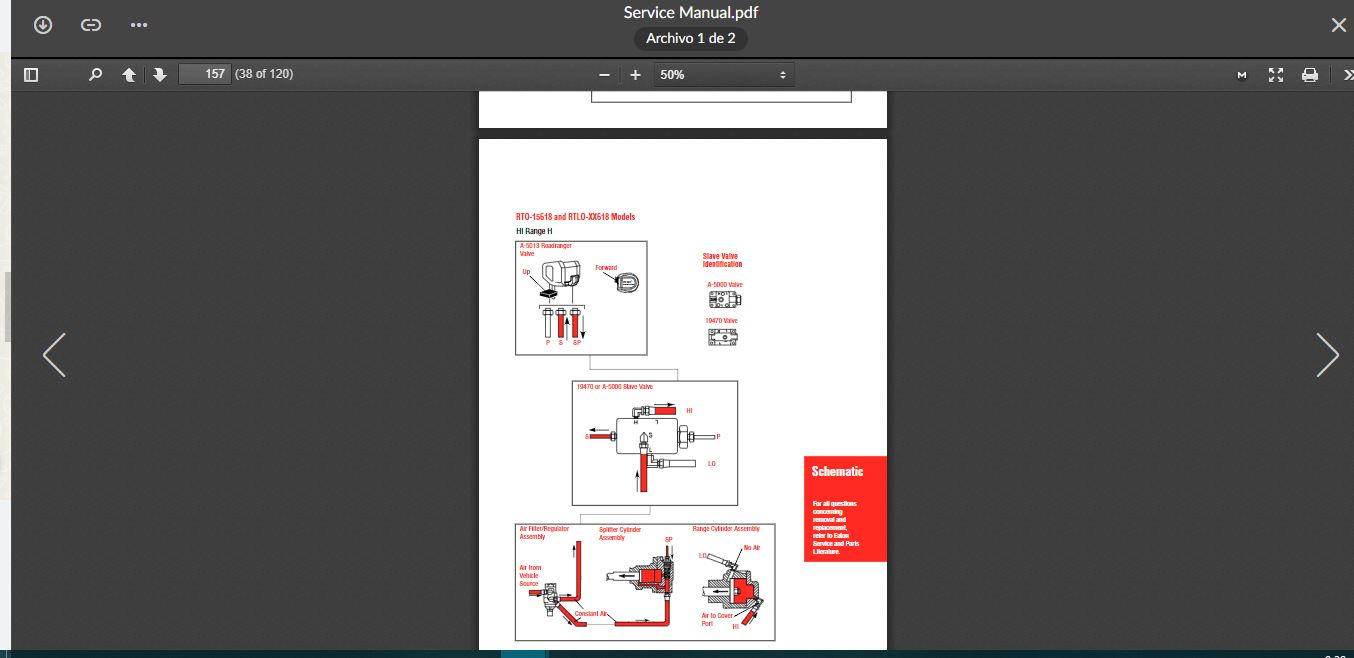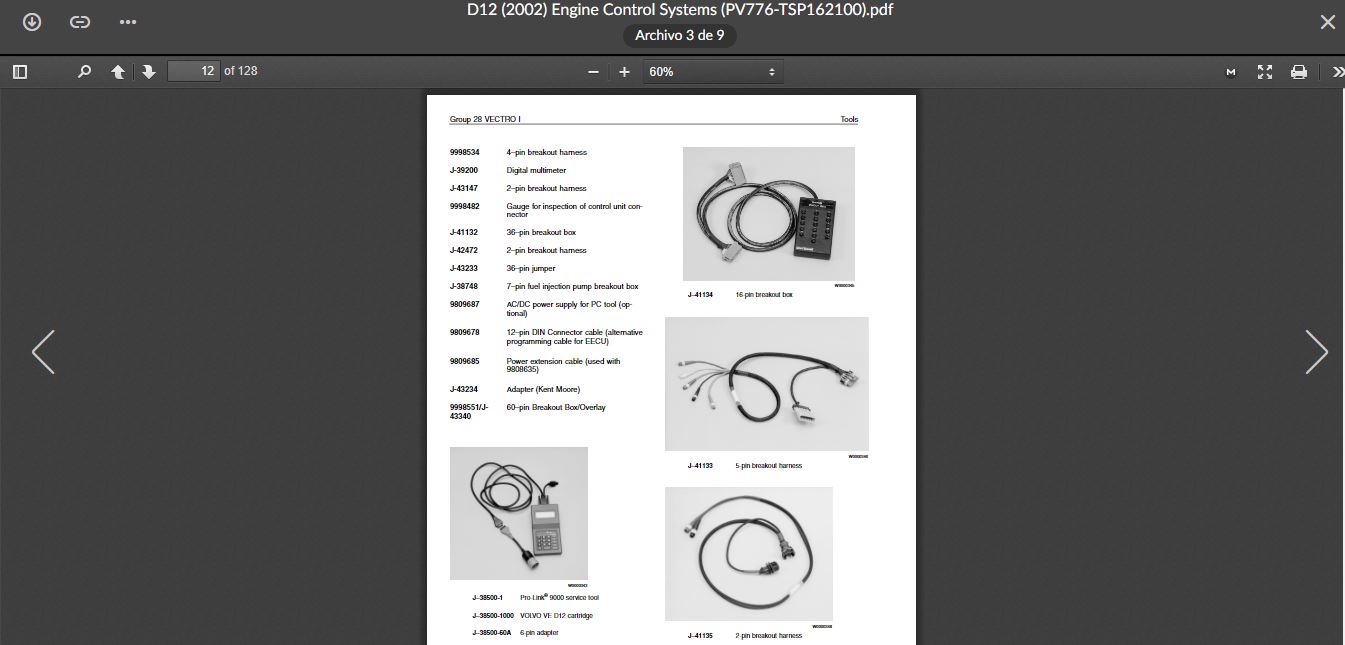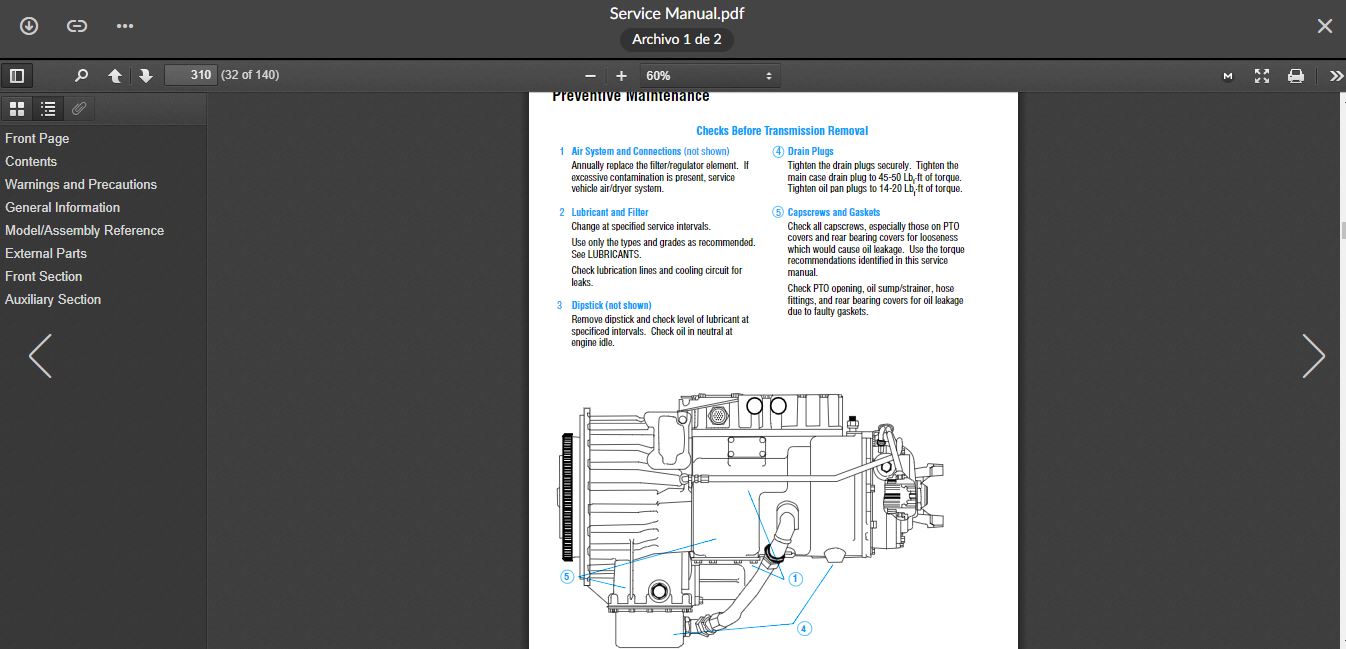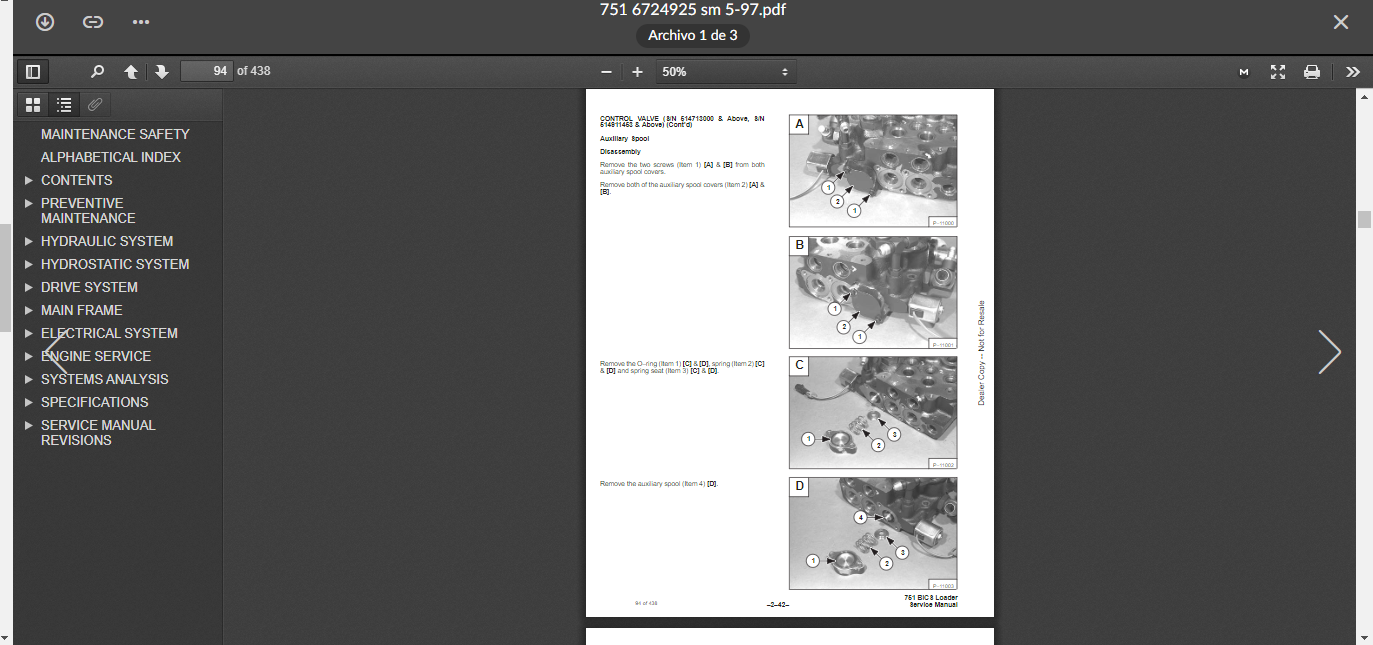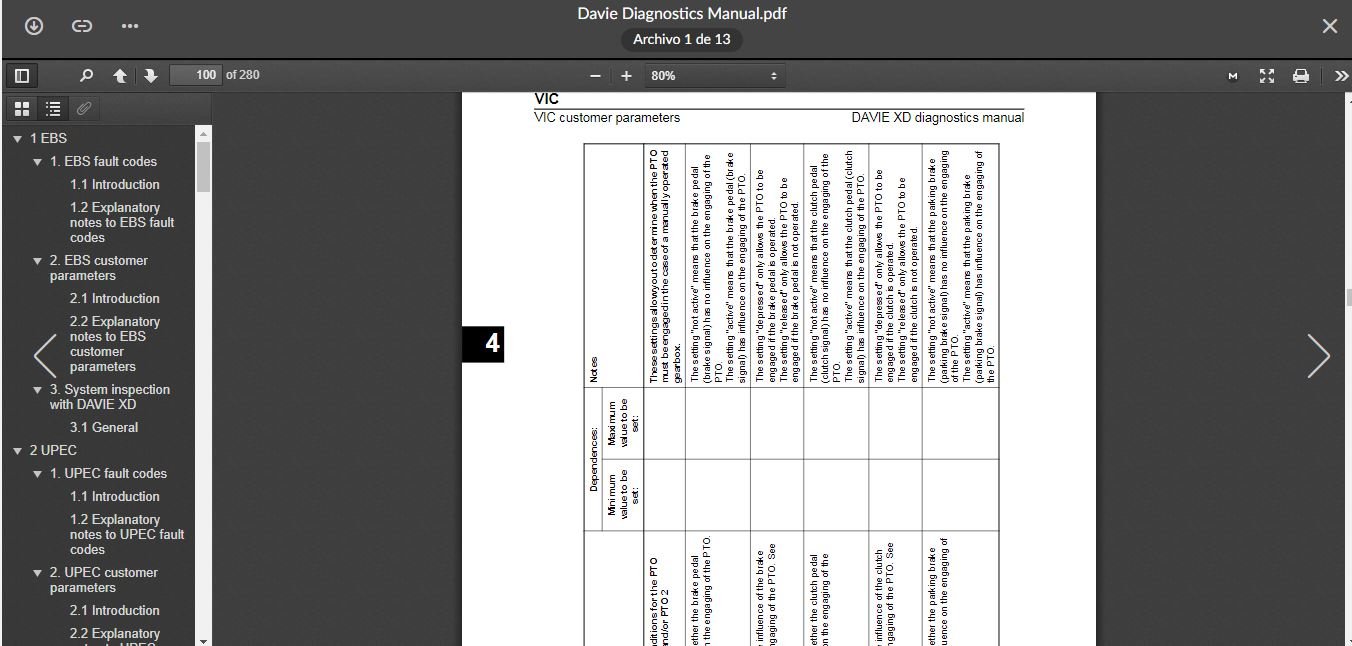Cummins ISB4.5 CM2150 Fault Code: 559 PID: 157 SPN: 157 FMI: 18 Injector Metering Rail 1 Pressure – Data Valid but Below Normal Operating Range – Moderately Severe Level.
Circuit Description
The pressure control loop relies on fuel pressure supplied to the high-pressure pump by the fuel gear pump. The electronic control module (ECM) monitors rail fuel pressure and engine operating conditions and changes the flow command to maintain the proper rail fuel pressure. Changes to the flow command result in opening (or closing) of the fuel pump actuator to supply more (or less) fuel to the high-pressure pump.
Component Location
The fuel rail pressure sensor is mounted to the fuel rail.
Conditions for Running the Diagnostics
This diagnostic runs continuously when the engine is operating.
Conditions for Setting the Fault Codes
The ECM has detected the measured fuel rail pressure is below the commanded fuel rail pressure by a calibratable limit.
Action Taken When the Fault Code is Active
The ECM illuminates the amber CHECK ENGINE light immediately when the diagnostic runs and fails.
Conditions for Clearing the Fault Code
The ECM will turn off the amber CHECK ENGINE light immediately after the diagnostic runs and passes.
Shop Talk
Verify the electronic control module (ECM) calibration is correct. Check the calibration revision history found on QuickServe™ Online for applicable fixes to the calibration stored in the ECM. If necessary, calibrate the ECM.
Before performing troubleshooting work, verify the vehicle’s system voltage by monitoring battery voltage in INSITE™ electronic service tool data monitor or connecting a digital volt ohm meter to the batteries. This will help identify a potential system voltage issue. Refer to the OEM service manual for specified voltage range and troubleshooting procedures.
If the engine will not start and Fault Code 559 becomes active during cranking, but no speed sensor fault codes exist, monitor rail pressure with INSITE™ electronic service tool. The procedures referred to in this troubleshooting tree will also have checks for engine no-start conditions.
Before servicing any fuel system components, (such as fuel lines, fuel pump, injectors, etc.) which would expose the fuel system or internal engine component to potential contaminants prior to disassembly, clean the fittings, mounting hardware, and the area around the component to be removed. Dirt or contaminants can be introduced into the fuel system and engine if the surrounding areas are not cleaned, resulting in damage to the fuel system and engine.
If rail pressure is low, check the following:
-Fuel system prime (make sure there is fuel in the tanks and the system is primed)
-Fuel lift pump pressure
-Fuel gear pump pressure.
-If gear pump pressure is OK, test for system leakage:
-High-pressure pump leakage
-Injector leakage
-Fuel rail pressure relief valve.
If Fault Code 559 is inactive and there are no existing performance complaints, it is possible the vehicle was run out of fuel or the fault came active if the engine was not primed following fuel filter replacement. Clear the inactive fault code.
Fault Code 559 sets when the engine is operating and measured rail fuel pressure remains at least 100 bar [1450 psi] less than commanded pressure. Once detected, Fault Code 559 will remain active until the engine is turned off or until the measured rail fuel pressure matches the commanded rail fuel pressure. When a condition exists that causes Fault Code 559 to become active, it is typical for the fault code to become active when the engine is heavily loaded and become inactive when the engine is lightly loaded.
When Fault Code 559 occurs, the fuel system has lost its ability to maintain rail fuel pressure.
Causes of this fault include:
-Fuel inlet restrictions
-Fuel filter plugging
-Fuel gear pump output low
-Fuel gear pump pressure actuator sticking or leaking
-High pressure pump capacity decay (high leakage to drain from the high-pressure pump)
-Fuel rail pressure relief valve leaks to drain
-Fuel rail pressure relief valve opens at too low a pressure
-Injector fuel circuit leaks to drain
-Pressure sensor reads more than 100 bar [1450 psi] lower than actual pressure
-Air in the fuel.
A few bubbles exiting the line during the test is expected. A foamy appearance is an indication of a leak that allows air to enter, a severe inlet restriction that causes cavitation, or a system that is not yet primed. If fuel inlet restriction is not excessive, the source of air entry can be isolated to one of the following; suction fuel lines, OEM fuel lines, suction-side fuel filter assemblies, or stand-pipe(s) in the fuel tank(s).
The fuel rail pressure sensor can also be checked. When checking the fuel rail pressure sensor accuracy, make sure the high-pressure fuel rail is not pressurized. The fuel pump, high-pressure fuel lines, and fuel rail contain very high-pressure fuel. Do not loosen any fittings while the engine is operating. Once the engine is keyed OFF, there could be a significant amount of time waiting on the fuel to depressurize to 0. It is necessary to manually relieve the pressure from the high-pressure fuel rail by loosening the pump to rail line at the rail.
Intermittent ECM power supply connections can cause Fault Code 559. If the engine is operating with an active Fault Code 559 and Fault Codes 449, 1911, or 2311 are not present, check the ECM power supply for intermittent connections. Fault Code 1117 can also be active if this fault condition exists.
Inactive Fault Code/Exhausted Troubleshooting Tree:
Troubleshooting inactive Fault Code 559 can be very difficult. The fault code must be active for any of the outlined procedures in which the engine is operated during the test. For engines with high counts of inactive Fault Code 559, or if the troubleshooting tree has been exhausted, operate the engine on a chassis dynamometer or a diagnostic road test to duplicate the fault code. The most common causes of intermittent Fault Code 559 that are difficult to create are leaking high-pressure connectors that only leak when the engine and the fuel are hot, intermittent fuel supply restrictions, such as debris floating in the fuel tank, and a fuel pressure relief valve that opens prematurely. Check the High Pressure Connector (HPC) and connector torque, and tighten to specification if necessary. Operate the engine on a chassis dynamometer or conduct a diagnostic road test to duplicate the fault code. Use INSITE™ electronic service tool to log fuel system parameters during testing.
Related
-
Wabco ToolBox plus 13.7.0.1 + ECAS CAN2 v3.00 Diagnostics Software
Trucks software $84.00Rated 0 out of 5
-
DOWNLOAD Paccar ESA Electronic Service Analyst 5.5.0 Diagnostic Software 2023
PACCAR $96.00Rated 0 out of 5 -
Volvo Premium Tech Tool PTT 2.8.130 Diagnostic Software 04.2022 ACPI ( 1 PC )
Trucks software $143.00Rated 0 out of 5 -
download Hitachi Construction Machinery MPDr Ver 3.7.0.0 [10.2020] Diagnostic Software
Hitachi $76.00Rated 0 out of 5 -
Hino Diagnostic eXplorer 2 – Hino DX2 v1.1.21.4 with keygen unlocked ( Hino trucks )
Hino $60.00Rated 0 out of 5 -
download MANCATS II v14.01 2014 Diagnostic software MAN CATS ( virtual machine )
MAN $75.00Rated 0 out of 5 -
CLAAS WebTIC Offline [11.2021] Service Information – ENGLISH Language
CLAAS $100.00Rated 0 out of 5 -
Navistar international OnCommand service information 2018 software trucks
Navistar $50.00Rated 0 out of 5
Related products
-
Allison 1000 & 2000 Gen 4 Fault Codes: P2773 Torque Control Request Ignored – ECM/TCM
1000 & 2000 Gen 4 $50.00Rated 0 out of 5 -
Allison 1000 & 2000 Gen 4 Fault Codes: U1000 Class 2 Loss of Serial Data Communication
1000 & 2000 Gen 4 $50.00Rated 0 out of 5 -
Allison 1000 & 2000 Gen 4 Fault Codes: U1064 J1850 (Class 2) TBC Controller State of Health Failure
1000 & 2000 Gen 4 $50.00Rated 0 out of 5 -
Allison 1000 & 2000 Gen 4 Fault Codes: P0873 Transmission Pressure Switch Solenoid E Circuit High
1000 & 2000 Gen 4 $50.00Rated 0 out of 5 -
Allison 1000 & 2000 Gen 4 Fault Codes: P1688 Unmanaged Engine Torque Delivered To TCM Signal
1000 & 2000 Gen 4 $50.00Rated 0 out of 5 -
Allison 1000 & 2000 Gen 4 P0719 Brake Switch ABS Input Low
1000 & 2000 Gen 4 $50.00Rated 0 out of 5 -
Allison 1000 & 2000 Gen 4 Fault Codes: U0031 J1850 (Class 2) Serial Data Communication Link Low
1000 & 2000 Gen 4 $50.00Rated 0 out of 5 -
Allison 1000 & 2000 Gen 4 Fault Codes: P0870 Transmission Pressure Switch Solenoid E Circuit
1000 & 2000 Gen 4 $50.00Rated 0 out of 5 -
Allison 1000 & 2000 Gen 4 Fault Codes: U1096 J1850 (Class 2) IPC Controller State of Health Failure
1000 & 2000 Gen 4 $50.00Rated 0 out of 5 -
Allison 1000 & 2000 Gen 4 Fault Codes: P0876 Transmission Reverse Pressure Switch Circuit Stuck Open
1000 & 2000 Gen 4 $50.00Rated 0 out of 5 -
Allison 1000 & 2000 Gen 4 Fault Codes: P0880 TCM Supply Voltage
1000 & 2000 Gen 4 $50.00Rated 0 out of 5 -
Allison 1000 & 2000 Gen 4 Fault Codes: P0871 Transmission Pressure Switch Solenoid E Circuit Stuck Open
1000 & 2000 Gen 4 $50.00Rated 0 out of 5 -
Allison 1000 & 2000 Gen 4 Fault Codes: P2810 Solenoid G Electrical
1000 & 2000 Gen 4 $50.00Rated 0 out of 5 -
Allison 1000 & 2000 Gen 4 Fault Codes: U0073 CAN Bus Reset Counter Overrun
1000 & 2000 Gen 4 $50.00Rated 0 out of 5


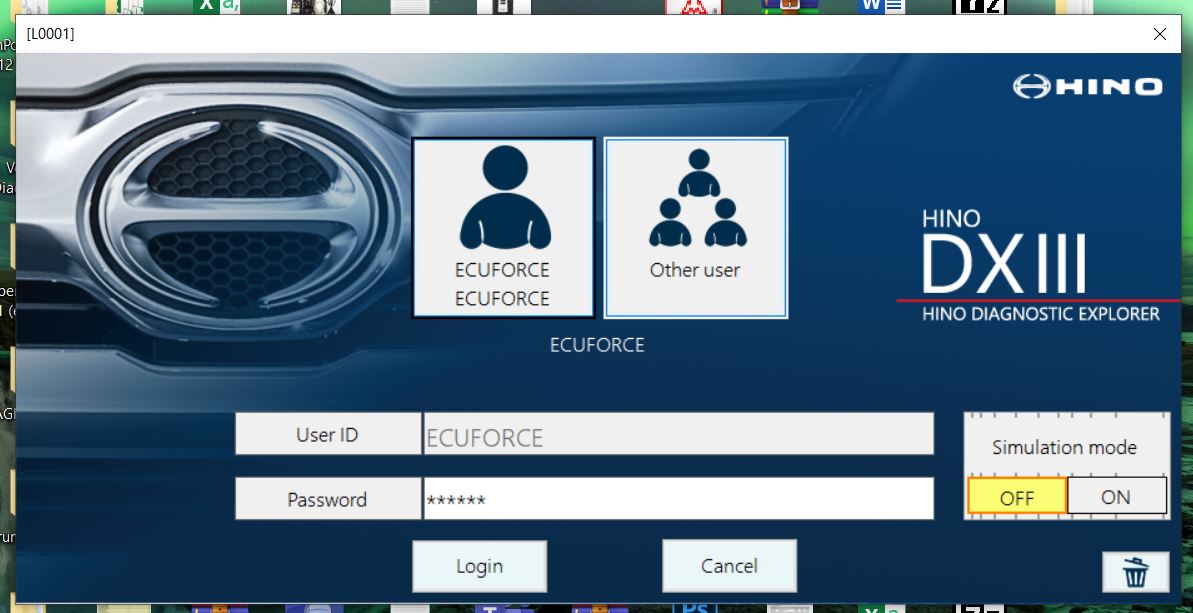


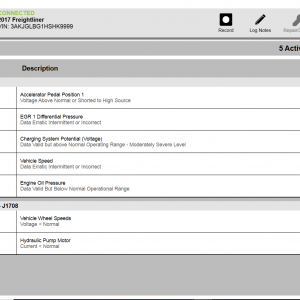

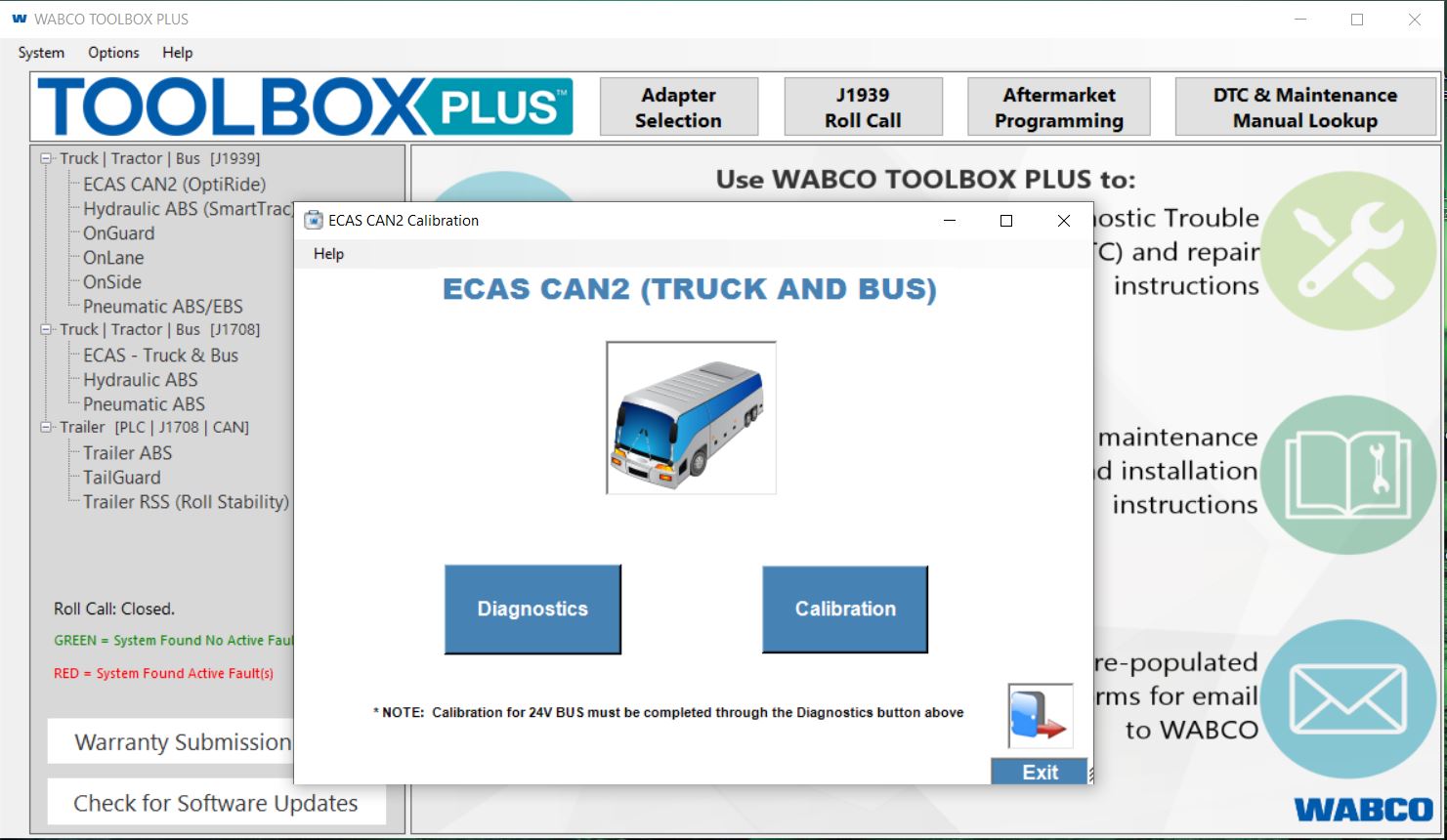

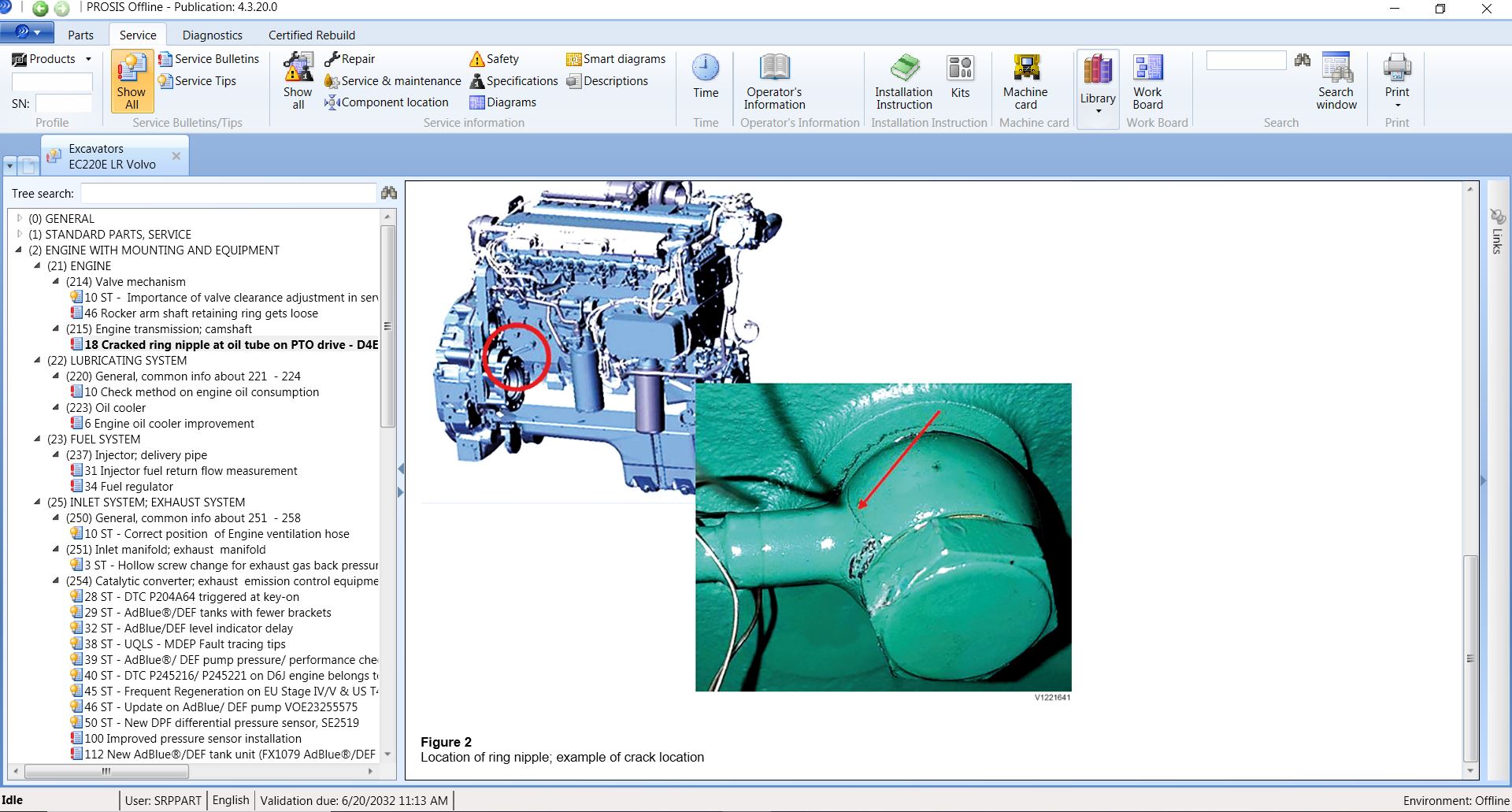

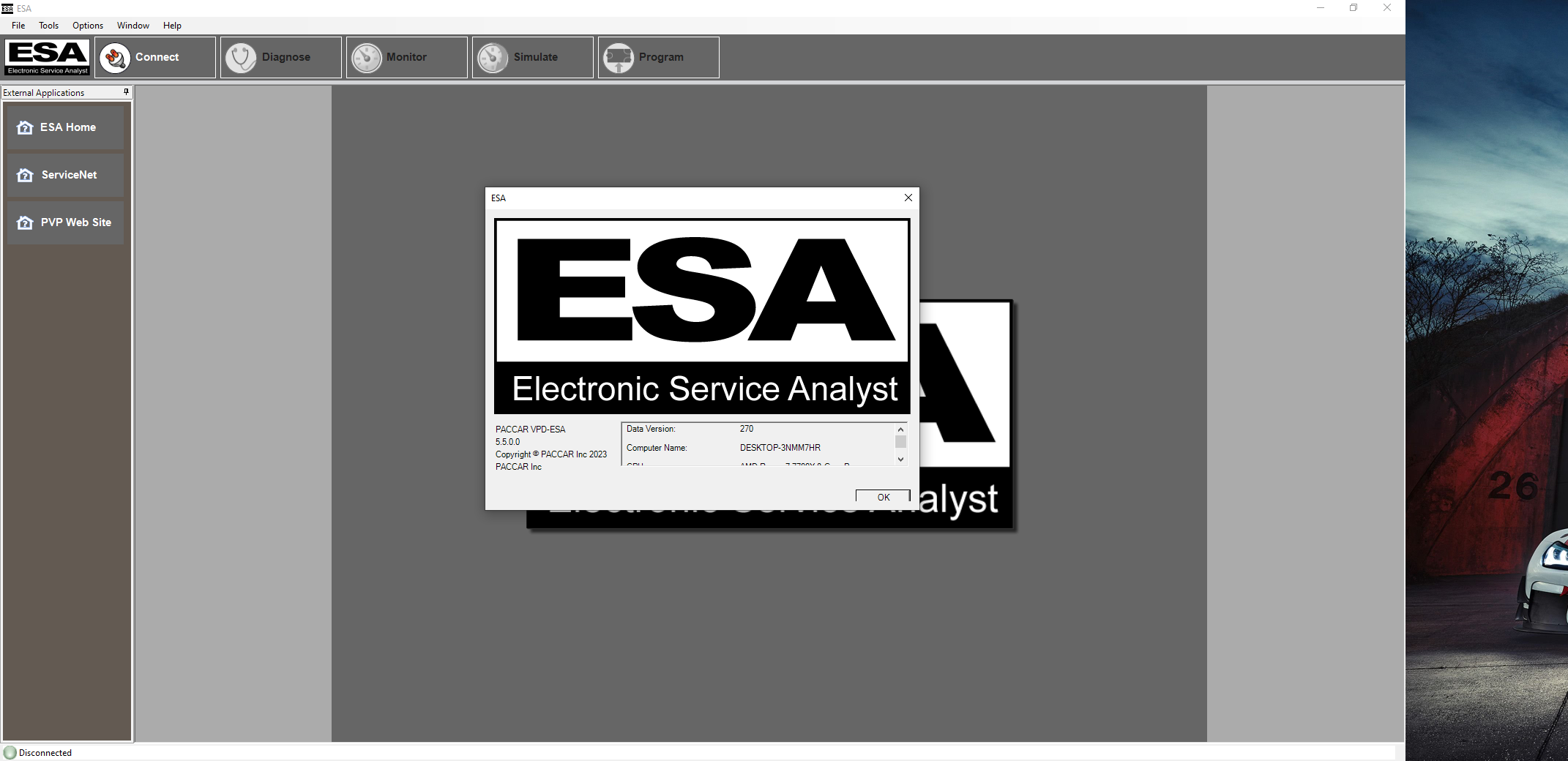

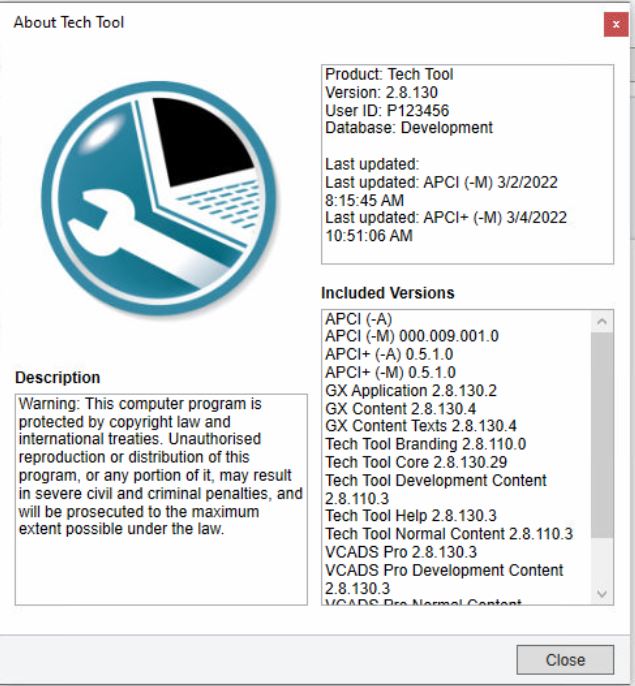


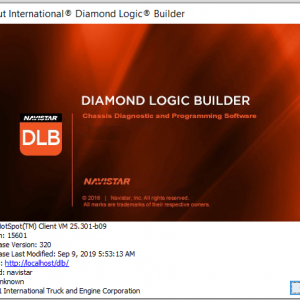
![download Hitachi Construction Machinery MPDr Ver 3.7.0.0 [10.2020] Diagnostic Software](https://i0.wp.com/www.ecuforcetruck.com/wp-content/uploads/2023/05/MPDR-3.7.00.png?resize=300%2C300&ssl=1)
![download Hitachi Construction Machinery MPDr Ver 3.7.0.0 [10.2020] Diagnostic Software](https://www.ecuforcetruck.com/wp-content/uploads/2023/05/MPDR.png)

